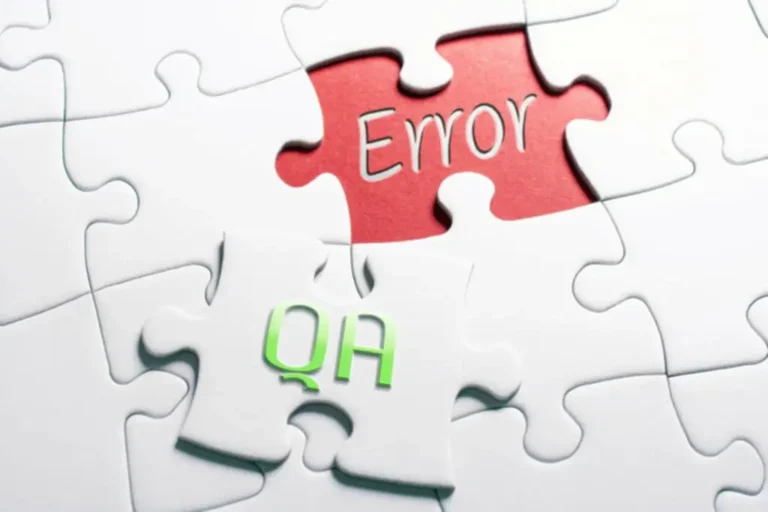Threat Assessment: Course Of, Tools, & Methods
After assigning a danger score to an recognized hazard, it’s time to come up with efficient controls to guard staff, properties, civilians, and/or the setting. All enterprise and functional units ought to use the total ERM danger taxonomy to establish risks of their important end-to-end business processes. Indeed, the creation of a common risk language for the group https://www.globalcloudteam.com/ is vital to the development of an ERM taxonomy. In practice, the risk matrix is a useful approach where both the chance or the hurt severity cannot be estimated with accuracy and precision. Specify the important thing particulars concerning the project or analysis that the danger matrix is gonna be utilized in.
How Are Risk Scores Determined In A 5×5 Danger Matrix?
Many organizations use risk administration framework impression ranges to guide their decision-making. For instance, a monetary establishment might choose to prioritize high-impact risks, corresponding to cyber threats or pure disasters, over low-impact risks corresponding to routine upkeep points. Similarly, an e-commerce firm may prioritize medium-impact risks what is risk level, similar to provide chain disruptions, over high-impact dangers such as public relations crises. The advantages of utilizing a threat administration framework with outlined influence levels are numerous. By utilizing a standard language to communicate the severity of risks, decision-making becomes more objective and constant.

Case Studies: Examples Of Successful And Failed Threat Administration Methods
Hospitals and medical amenities might prioritize high-impact dangers, similar to affected person security and information breaches, over low-impact risks similar to minor equipment malfunctions. This helps them allocate resources and prioritize actions to mitigate probably the most critical dangers. Another benefit of using a risk administration framework with defined impression ranges is that it helps organizations to determine and assess risks extra precisely. By defining impact levels, organizations can higher understand the potential penalties of a threat event and take appropriate measures to mitigate it. This can help to reduce the chance of a danger occasion occurring and minimize its impression if it does occur. Additionally, utilizing impact ranges might help organizations to identify rising risks and proactively tackle them earlier than they turn into main issues.
How To Perform A Threat Assessment
The 5 commonest classes of operational risks are individuals risk, process threat, techniques threat, exterior occasions threat or exterior fraud, and legal and compliance threat. Operational risks check with the probability of points relating to people, processes, or systems negatively impacting the business’s daily operations. Risk assessments assess security hazards across the entire office and are oftentimes accompanied with a risk matrix to prioritize hazards and controls.
- An important part of the chance assessment matrix is figuring out the likelihood of a risk occurring.
- This risk score matrix helps the decision makers identify and control the chance by utilizing efficient methods and channelize the business in proper path.
- In addition, danger management frameworks must be flexible and adaptable to altering circumstances and rising risks.
- As mentioned earlier, danger administration is the method of figuring out, analyzing, evaluating, and addressing potential risks in an organization.
- Ideally, these three avenues are employed in concert with each other as a part of a comprehensive strategy.
Classification Examples For Medium Risk Servers
Metrics for bottom-up threat urge for food monitoring are based mostly on the ERM taxonomy, and tied to degree 1 threat classes used by the board for an expression of risk appetite. At the third degree, business units would usually name precise controls, with a mapping to a novel stage 2 management name. Control attributes – corresponding to guide vs. automated or preventative vs. detective – need to be maintained for the extent 3 enterprise controls.
Carry Out Effective Threat Assessments With Safetyculture

This includes elements similar to economic conditions, political stability, and pure disasters. These exterior factors can greatly impact the probability and potential impact of risks, and organizations must take them under consideration when assessing and managing risks. Before we dive into the four danger levels in threat management, it’s essential to know the fundamentals of threat administration.


IBM cybersecurity companies ship advisory, integration and managed security services and offensive and defensive capabilities. We mix a global team of consultants with proprietary and partner know-how to co-create tailored safety programs that manage risk. Better manage your risks, compliance and governance by teaming with our security consultants. This methodology of threat administration makes an attempt to reduce the loss, somewhat than utterly remove it. While accepting the danger, it stays focused on maintaining the loss contained and stopping it from spreading.


Controls mitigate the influence or chance of a risk, and are linked to each threat to grasp residual threat levels. From a project management perspective, for instance, a brief bottleneck in the project workflow would create little impact, offered there was enough float built in initially of the project design. A cost danger that significantly escalates the project cost would have a severe impression, however, and requires a targeted management plan.
A lender’s credit analysis of a borrower may consider different elements, corresponding to available assets, collateral, earnings, or cash readily available. Another example of a proper threat evaluation approach consists of conditional worth in danger (CVaR), which portfolio managers use to reduce the probability of incurring large losses. Lenders also use credit evaluation to determine the creditworthiness of the borrower. Promote a culture of accountability and transparency inside your organization where every member takes ownership of their actions. Align governance practices, enhance risk administration protocols, and guarantee compliance with legal requirements and inside policies by streamlining and standardizing workflows by way of a unified platform. We suggest OSHA’s nice studying assets in understanding the way to assess consequence and chance in your risk assessments.
These actions can embody immediate implementation or long-term methods aimed at resolving the difficulty each within the quick and long run. With these, you possibly can improve your current risk management measures as needed, and suggest additional actions that your EHS and high quality managers can reinforce toward a proactive security tradition. Also called severity or consequences, the Impact (y-axis) goals to determine the level of effects that the hazard can cause to office well being and security. Thus, it is necessary to keep both the pros and cons of risk score in thoughts and use the method to its optimum capability so that it yields maximum outcomes no much less than value. Organizations ought to contemplate conducting at least a yearly threat rating evaluation as a end result of fast-paced enterprise surroundings.

